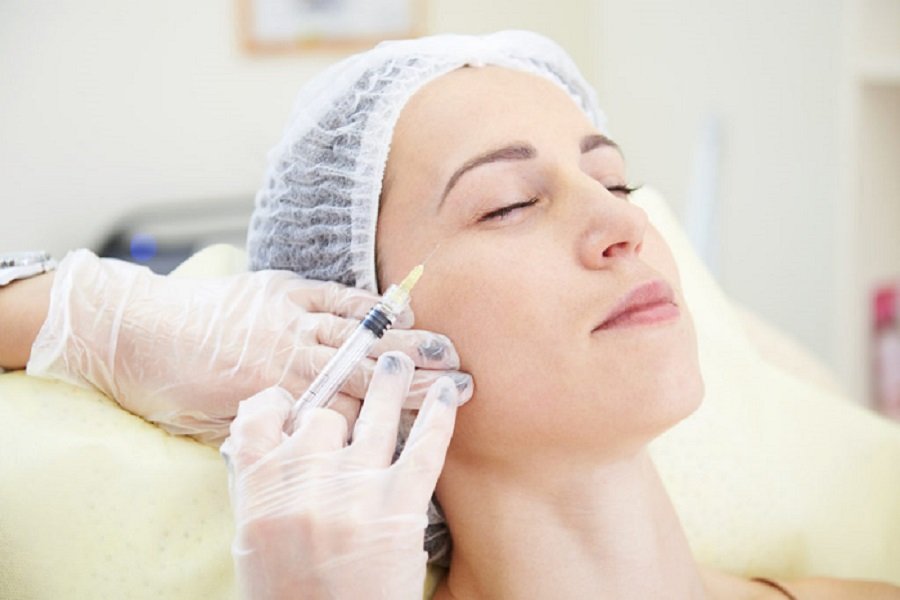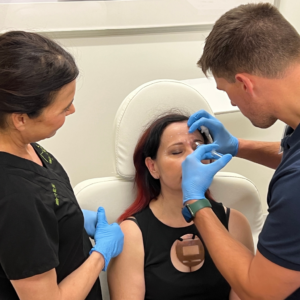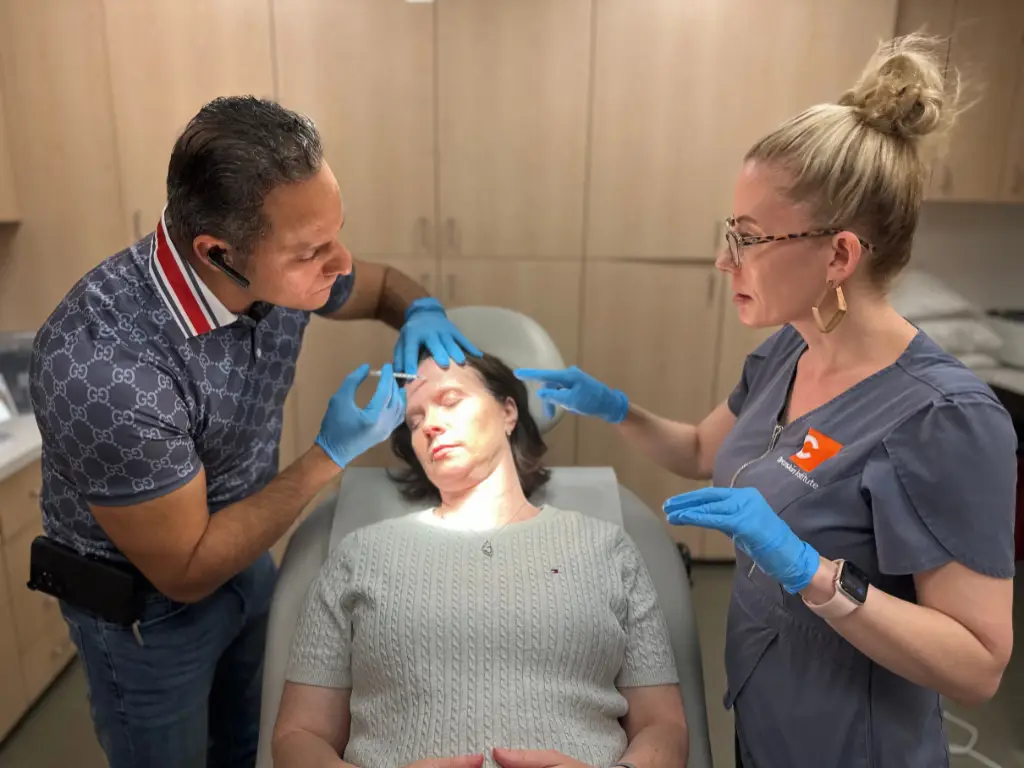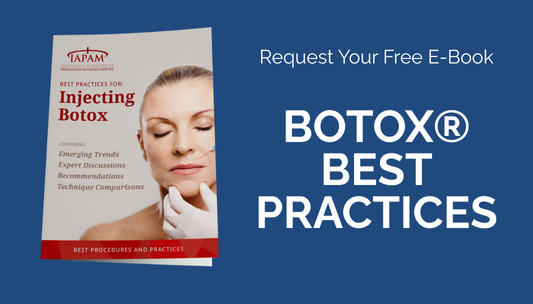When Botox® is used cosmetically to treat wrinkles, for example, an injection is done through the skin into the muscle beneath, which causes the muscle to be temporarily weakened.
This is accomplished by blocking the number of impulses the nerve receives.
This allows the skin to have time to recover, due to the skin not being constantly stretched and contracted, due to regular facial movements in those areas.
Botox® can be used to treat much more than wrinkles, however.
It is a very effective treatment for muscle spasms in the face, eyelids, or many other areas of the body.
For those that have been diagnosed with cerebral palsy, for example, Botox injections are able to prevent or reduce some of the muscle spasms associated with that condition.
Some patients are able to find relief from chronic migraine headaches by getting Botox injections, and it has been successfully used to treat people who have overactive sweat glands, among other conditions.
After patients receive Botox procedures, the full effect of the injection will not be apparent for several days, and at times can be up to 2 weeks.
Botox® injections have been an effective treatment option for millions of people to date, and it continues to increase in popularity due to a more informed public perception.
Botox® is used for a variety of conditions and is a popular solution for excessive underarm sweating, although it is most often recognized as an aesthetic procedure.
Jaw clenching and teeth grinding can also be treated with it. It is a great way to smooth out wrinkles, however, Botox® is good for various other physical and aesthetic complaints.
A more youthful appearance can be a result of Botox® treatment, but so can sculpting of your features, easing of physical pain, and even improvement to your smile. Here are a variety of uses for Botox®:






